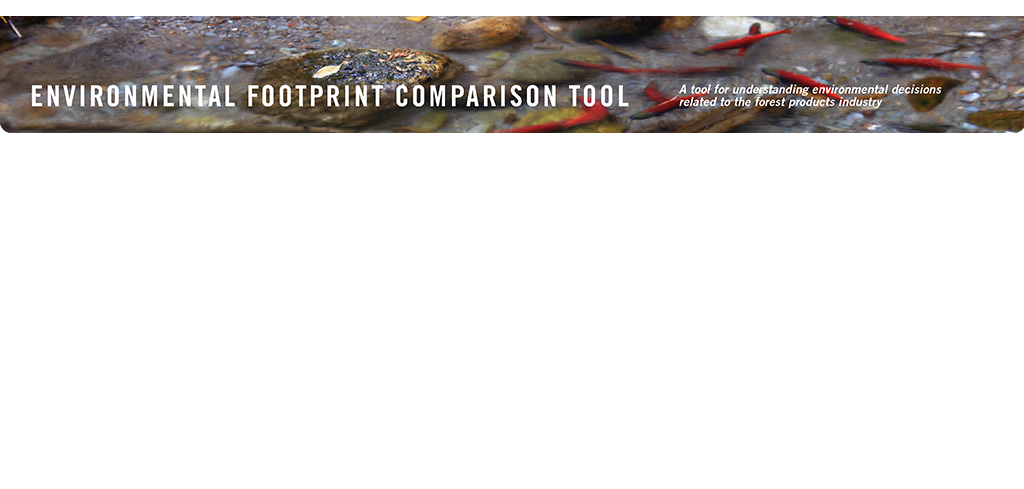
Efforts to reduce discharges of BOD/COD and TSS to water either through source reduction or
wastewater treatment can have co-benefits with respect to solid waste generated during the treatment of
wastewater. Reducing the losses of solid raw materials decreases the amount of primary residuals that
must be managed at wastewater treatment systems. Reducing the losses of organic materials (measured
as biochemical oxygen demand, BOD) will reduce the amount of biosolids generated and removed during
activated sludge treatment and, to a much lesser extent, the accumulation of biomass residues in
treatment pond systems.
Conversely, reducing discharges to water through the installation of additional treatment system capacity
or technology is likely to increase the amount of solid residuals that must be handled and managed. This
trade-off is particularly acute for tertiary treatment systems that use coagulation or physical separation
techniques to remove suspended particulate, or colloidal or soluble matter from wastewaters prior to
discharge.
Follow the links to the right for more information.

More information:
Effect of source reduction
Effect of incremental treatment
- WATER
- ENERGY
- GREENHOUSE GASES
- CHLORINATED COMPOUNDS
- WOOD USE
- ODOR
- EMISSIONS TO AIR
- DISCHARGE TO WATER
- SOLID WASTE
- Lowgrid10
- Lowgrid11
- Lowgrid13
- Lowgrid15
- Lowgrid16
- Lowgrid21
- Lowgrid22
- Lowgrid23
- Lowgrid24
- Lowgrid26
- Lowgrid27
- Lowgrid28
- Lowgrid29
- Lowgrid30
- Lowgrid31
- Lowgrid32
- Lowgrid33
- Lowgrid35
- Lowgrid37
